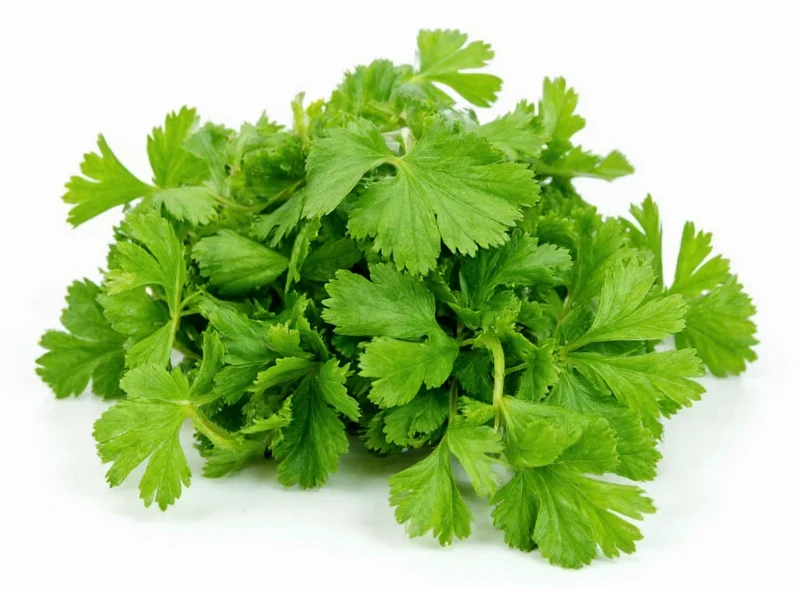Understanding the distinction between cilantro and coriander is essential for cooks navigating international recipes and grocery store aisles. Despite common misconceptions, these aren't two different plants but rather different parts of the same herbaceous annual plant belonging to the Apiaceae family. The terminology confusion stems primarily from regional language differences rather than botanical differences.
Botanical Reality: One Plant, Multiple Names
The Coriandrum sativum plant produces both the fresh green leaves Americans call "cilantro" (from the Spanish word for the plant) and the round, tan seeds known globally as "coriander." When recipes specify "coriander" in British, Australian, or Indian contexts, they're typically referring to the fresh leaves that Americans call "cilantro." Conversely, when American recipes mention "coriander," they almost always mean the ground or whole seeds.
Regional Terminology Differences Explained
The terminology divide largely follows former British colonial influence. In most English-speaking countries outside the United States, "coriander" refers to both the fresh leaves and the seeds, with context determining which part is meant. In the US, culinary professionals adopted the Spanish term "cilantro" specifically for the leaves to avoid confusion with the seeds.
| Region | Leaves Term | Seeds Term |
|---|---|---|
| United States | Cilantro | Coriander |
| United Kingdom | Coriander | Coriander seeds |
| Australia/New Zealand | Coriander | Coriander seeds |
| India | Dhaniya (leaves) | Dhaniya (seeds) |
Physical and Flavor Profile Differences
The fresh leaves (cilantro) have a bright, citrusy flavor with a distinctive aroma that some describe as soapy due to genetic factors. These delicate leaves lose their flavor quickly when cooked and are typically added at the end of cooking or used raw in salsas, guacamole, and garnishes.
Coriander seeds, by contrast, have a warm, nutty, slightly citrusy flavor that becomes more pronounced when toasted. Ground coriander is a staple in spice blends worldwide, from Indian curries to Middle Eastern za'atar. The seeds maintain their flavor through cooking and actually benefit from being toasted before use.
Can You Substitute Cilantro for Coriander (or Vice Versa)?
Understanding what is the difference between cilantro and coriander is crucial when substituting in recipes. The fresh leaves and dried seeds are not interchangeable due to their dramatically different flavor profiles and textures. However, if you're missing fresh cilantro, you can sometimes use a small amount of ground coriander plus fresh parsley as a compromise, though the result won't be identical.
When exploring why is cilantro called coriander in some countries, it's important to recognize that recipe translation errors frequently occur. An Indian recipe calling for "coriander" likely means the fresh leaves, while an American baking recipe specifying "coriander" almost certainly requires the seeds.
Practical Cooking Guidance
When working with fresh cilantro (the leaves), select bunches with vibrant green leaves and avoid any with yellowing or wilting. Store it stem-down in water in the refrigerator, like fresh flowers, with a plastic bag loosely covering the leaves. Properly stored, fresh cilantro can last up to two weeks.
For coriander seeds, buy them whole rather than pre-ground whenever possible. Toasting the seeds in a dry skillet for 1-2 minutes before grinding releases their essential oils and dramatically enhances their flavor. Store both whole and ground coriander in airtight containers away from light and heat to preserve freshness.
Common Misconceptions Clarified
One persistent myth suggests that cilantro and coriander are different plants entirely. This misunderstanding often leads to recipe failures when cooks substitute one for the other without understanding the difference between cilantro and coriander leaves versus seeds. Another misconception is that the flavor difference is merely regional preference rather than a botanical reality.
When examining what does coriander taste like compared to cilantro, the distinction becomes clear: fresh cilantro offers a bright, grassy note with citrus undertones, while coriander seeds provide warm, earthy, slightly sweet flavors that work well in both savory and sweet applications.
Maximizing Flavor in Your Cooking
To get the most from both components of this versatile plant, consider these tips:
- Add fresh cilantro at the very end of cooking or as a garnish to preserve its delicate flavor
- Toast coriander seeds before grinding to unlock their full aromatic potential
- Use cilantro roots (often discarded) in Thai curry pastes for intense flavor
- Freeze fresh cilantro in olive oil to preserve it for cooking applications
- Grind coriander seeds fresh for each use rather than relying on pre-ground spice











 浙公网安备
33010002000092号
浙公网安备
33010002000092号 浙B2-20120091-4
浙B2-20120091-4